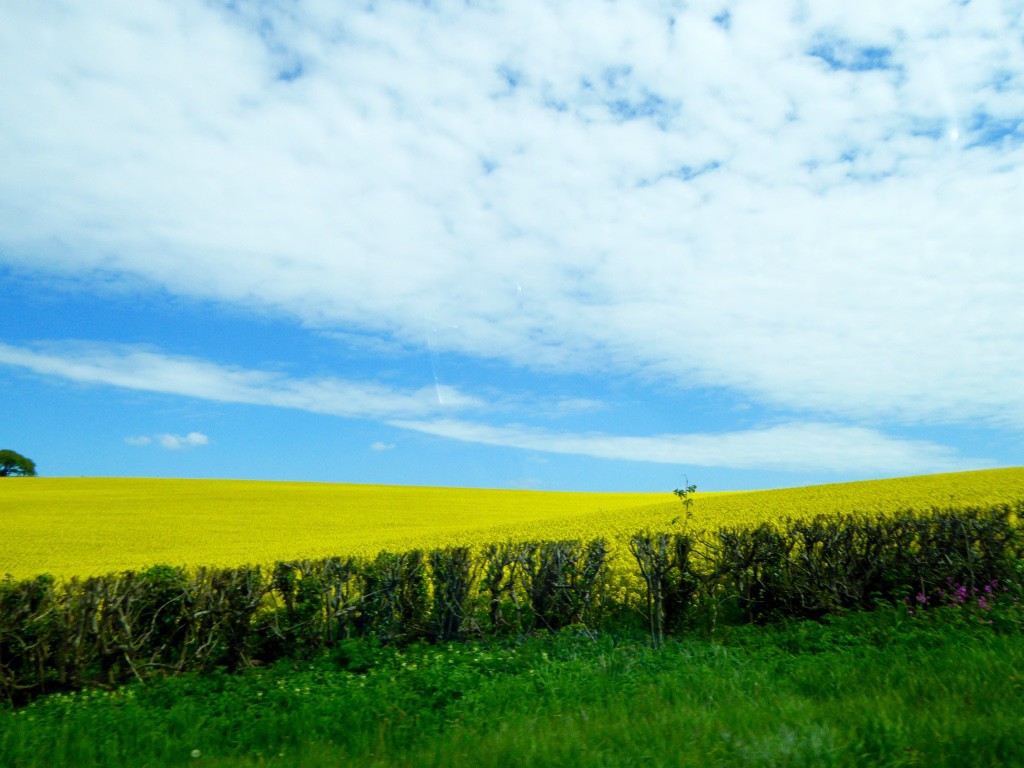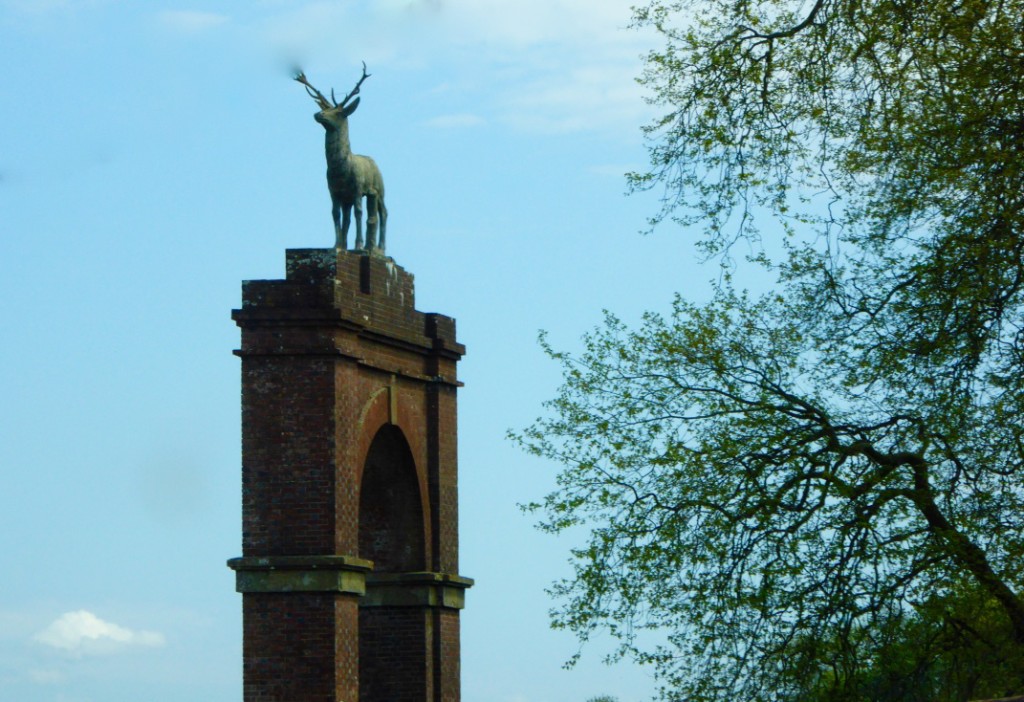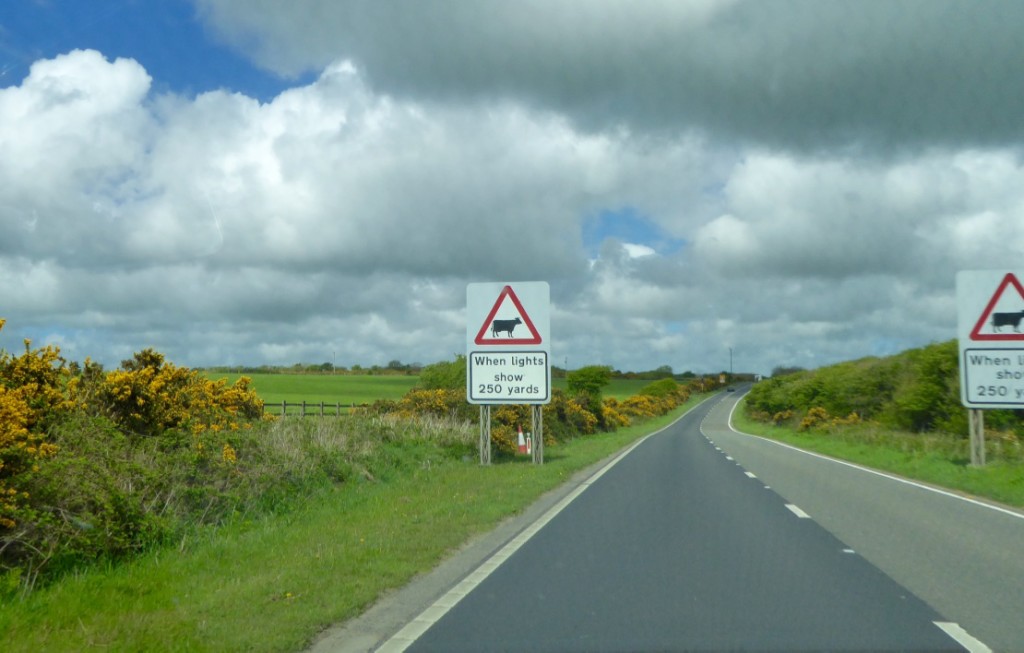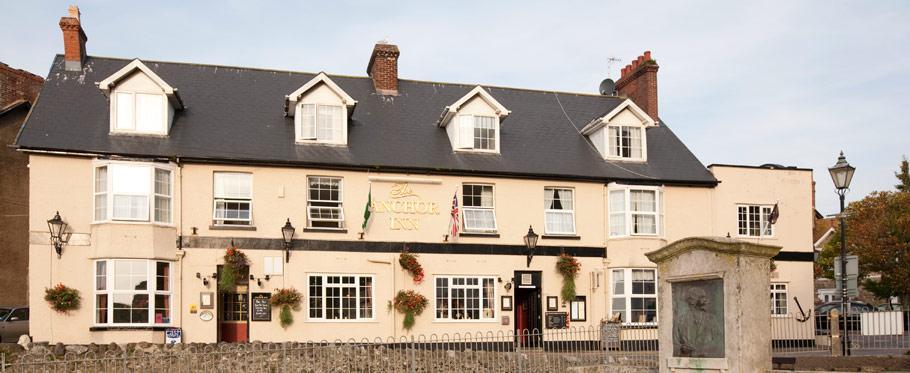After a substantial breakfast watching the boats go by on Penzance harbor, we headed on the first of our stops for the day – St Michael’s Mount.
The Mount is a small tidal island in Mount’s Bay, Cornwall, and is linked to the town of Marazion by a man-made causeway, passable between mid-tide and low water.

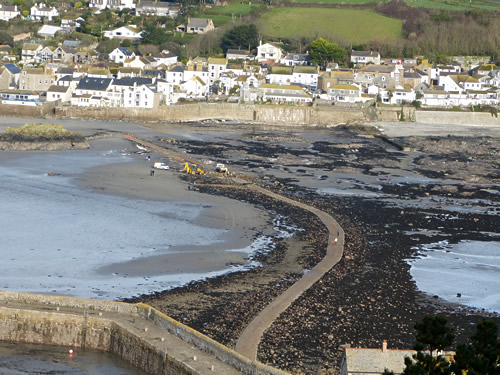
I was viewing this expedition with some trepidation, as the causeway was underwater and the small boats bobbing up and down in the swell looked somewhat unstable to a person with dicky knees. However the crossing was accomplished, we landed at the small village at the base of the Mount and all that remained was the climb to the top!

There is plenty to see at the base of the Mount. Chapel Rock, on the beach, marks the site of a shrine dedicated to the Virgin Mary, where pilgrims paused to worship before ascending the Mount. There is a row of eight houses at the back of the present village; they were built in 1885 and are known as Elizabeth Terrace. A spring supplies them with water. There are also buildings that were formerly the steward’s house, a changing-room for bathers, the stables, the laundry, a barge house, a sail loft (now a restaurant), and two former inns. A former bowling green adjoins one of the buildings.

There is evidence of people living on the Mount during the Neolithic (from circa 4000 to 2500 BCE years). The earliest buildings, on the summit, date to the 12th century, the harbour is 15th century. and the village and summit buildings were rebuilt from 1860 to 1900, to give the island its current form.
Historically, St Michael’s Mount was a Cornish counterpart of Mont Saint-Michel in Normandy, France. It was given to the Benedictines, religious order of Mont Saint-Michel, by Edward the Confessor in the 11th century and was a priory of that abbey until Henry V went to war with France in 1424 and the Crown seized the priory.
In the succeeding years the Mount changed hands a number of times. Some of the more notable occupants were
• Henry Pomeroy, who led a group of Prince John’s supporters, seized and held the Mount, on behalf of Prince John, whilst King Richard 1 was on a Crusade in the Holy Land in the 1190’s.
• John de Vere13th Earl of Oxford, who was one of the principal Lancastrian commanders during the English Wars of the Roses, seized it with 400 men and held it during a siege of twenty-three weeks against 6,000 of Edward IV’s troops in 1473. The following year he was forced to surrender to the King.
• Perkin Warbeck occupied the Mount in 1497 when he embarked on his ill-fated attempt to seize the English crown. By claiming to be Richard of Shrewsbury, Duke of York, (one of the young Princes in the Tower) Warbeck was a significant threat to the newly established Tudor dynasty, and gained support outside England. Ultimately failing in his quest he was eventually imprisoned in the Tower and hanged at Tyburn. Dealing with Warbeck cost Henry VII over £13,000 and severely depleted his coffers.
• Humphry Arundell, a Puritan and governor of St Michael’s Mount, who led the rebellion of 1549. The Act of Uniformity had been passed, and it abolished the diversity of religious practices that had existed up to then and dictated one form of worship “The Book of Common Prayer, with services only allow to be in English (not Cornish). Humphry Arundell was captured and, with other rebel leaders, hanged, drawn and quartered at Tyburn.
• Sir Arthur Bassett, one of four brothers who supported the Royalists during the civil war. He played an important role in the civil war in the West Country and held St Michael’s Mount against parliamentary forces. He escorted King Charles II, who is believed to have stayed at the Mount before taking a boat for the Scilly Isles, to safety before surrendering in April 1646 when he was forced to cede the Mount.
In 1659 John St Aubyn became the proprietor and the castle lost its military role and became the family home. However the new owners used it only as a summerhouse for the next two hundred years.
In 1755 the Lisbon earthquake caused a tsunami to strike the Cornish coast. The sea rose six feet in ten minutes at St Michael’s Mount, ebbed at the same rate, and continued to rise and fall for five hours. Though the wave was of no great height, it was still substantial enough to suck the sea out for 150 feet or more, before surging back in to drench the causeway linking St Michael’s Mount to the mainland, and giving tourists a soaking. Witnesses said it was preceded by a surge of static electricity and people’s hair literally stood on end!
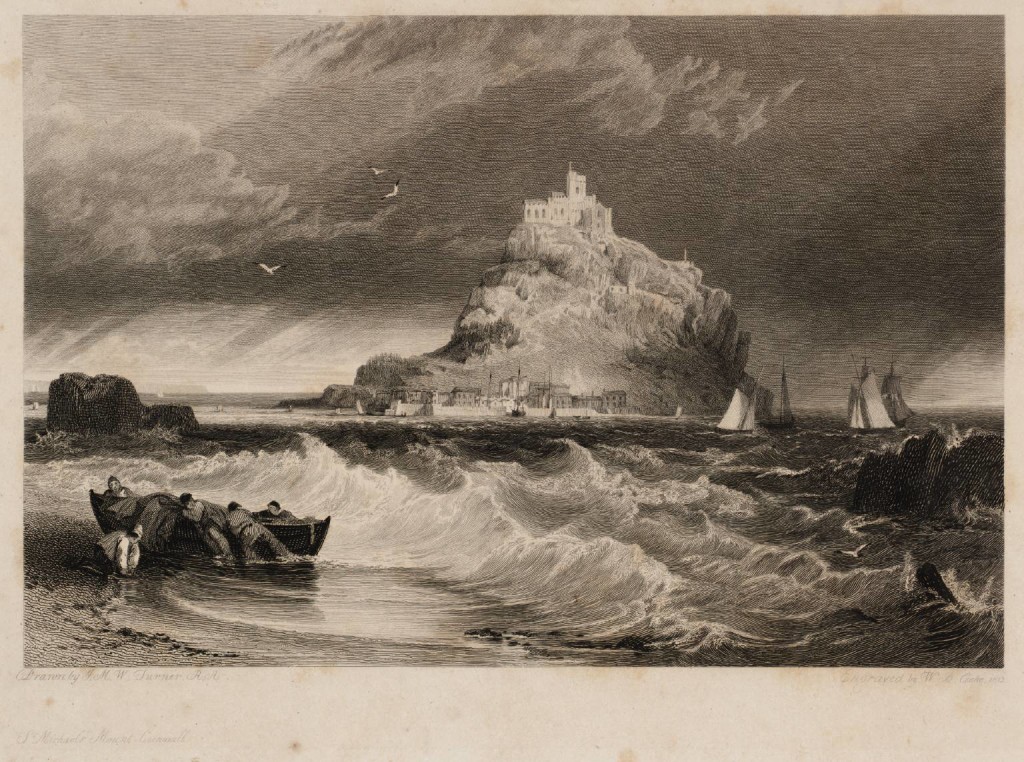
At the end of the 19th century, the 1st Baron Saint Levan commissioned a cousin of his, Piers St Aubyn, a London architect, to make the Mount into a family home. Piers St Aubyn left the original church building on the top of the rock and added a large mansion to the southeast side ensuring that the addition did not alter the existing dramatic skyline of the Mount.
The St Aubyn family owned St Michael’s Mount until 1954 when the property, together with a large endowment, was given to the National Trust by the 3rd Lord St Levan, and the castle and its grounds were opened to the public. The family retained a 999-year lease to inhabit the castle and it is still the official residence of Lord St Levan. The 4th Lord St Levan left the island in 2003, to enable his nephew James St. Aubyn, plus wife Mary and four children, to take over the family lease.
Despite the climb to the top, where you climb the mediaeval Pilgrim Steps and at times clamber over rocks, the end result is well worth it.


There is a sign beside the cobbled path: The Giant’s Heart. According to legend, a giant called Cormoran, lived here. He used to steal poultry and livestock from the mainland, as well as an occasional child to eat, before he was killed by an ingenious local boy called Jack. The Giant’s Heart turns out to be a tiny dark heart-shaped stone in among the cobbles. This is the origin of the story “Jack the Giant Killer” which was set in the time of King Arthur.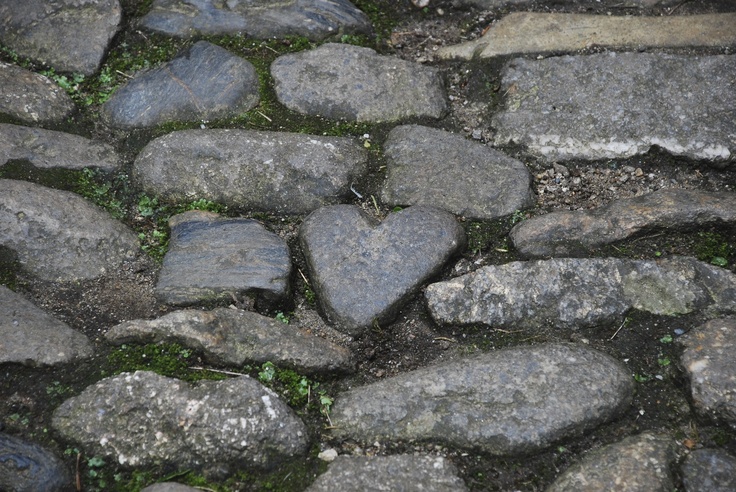
Beyond the stone ramparts and rows of cannons on the western side of the castle stands a granite stone pillar. This is where St Michael is believed to have appeared to a group of fishermen in AD495, and why the Mount became a place of pilgrimage from the 6th century.


Many relics, chiefly armour and antique furniture, are preserved in the castle.
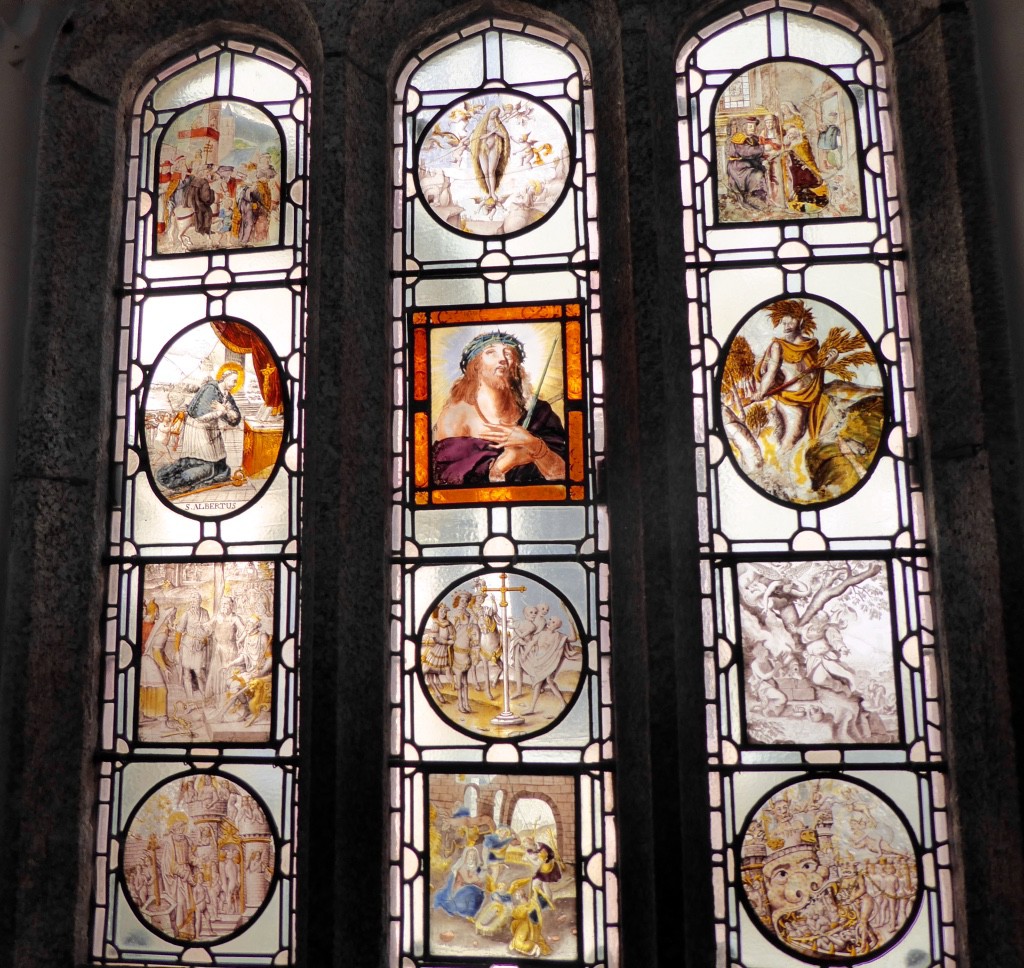
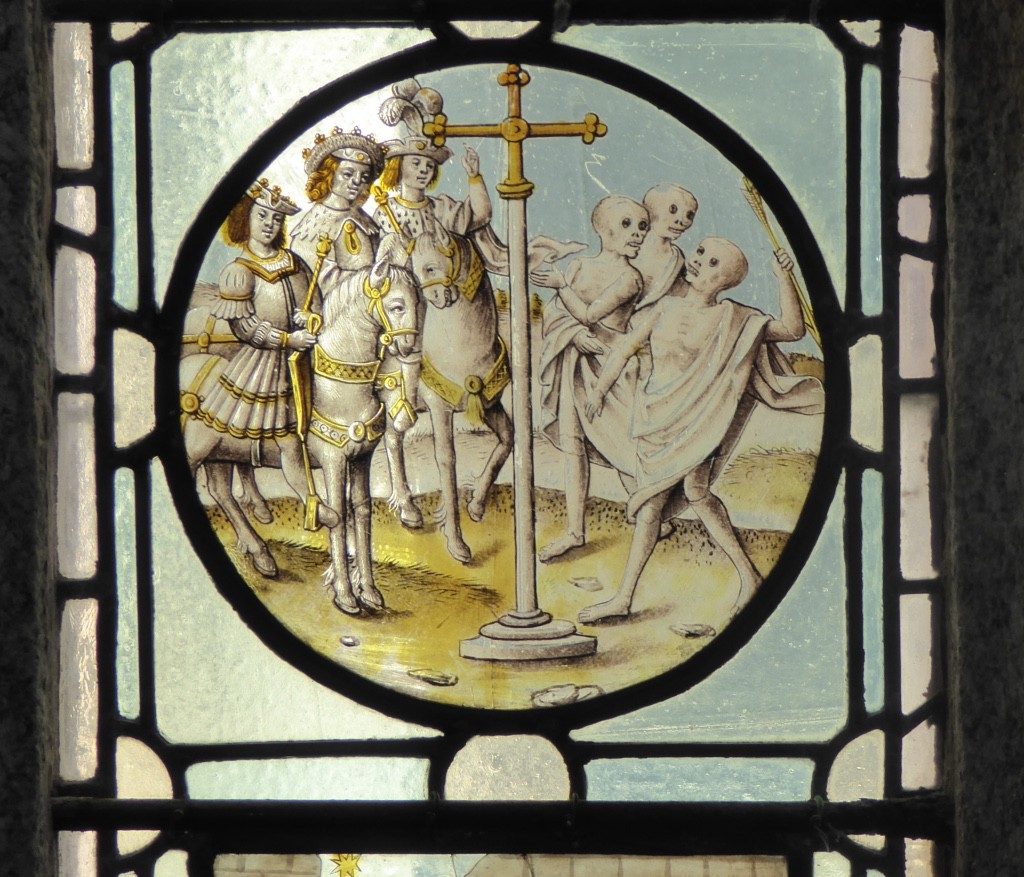


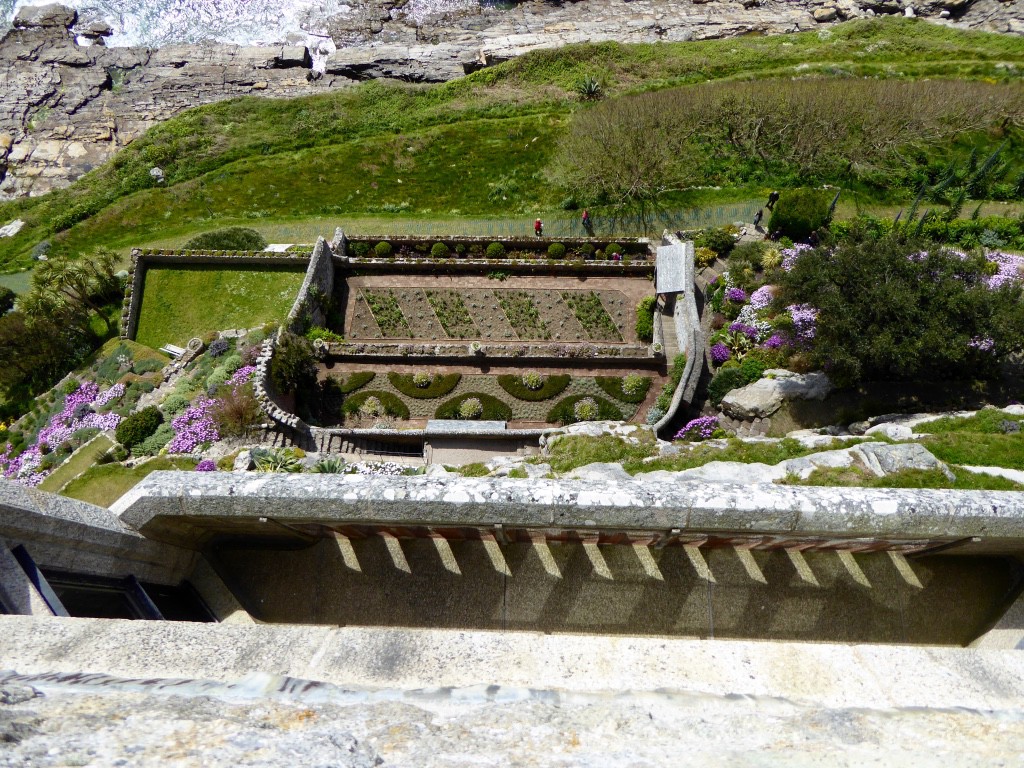


The rooms in the castle feature paintings and portraits by artists like Gainsborough, Hudson, Kneller, and John Opie together with collections armour.
The gardens are lovely and an excellent example of what can be done in a totally inhospitable climate if you choose the right plants and use protected niches for the less hardy. Like the Castle, the gardens require some pretty serious climbing over some rocky paths as they are built up a steep slope.
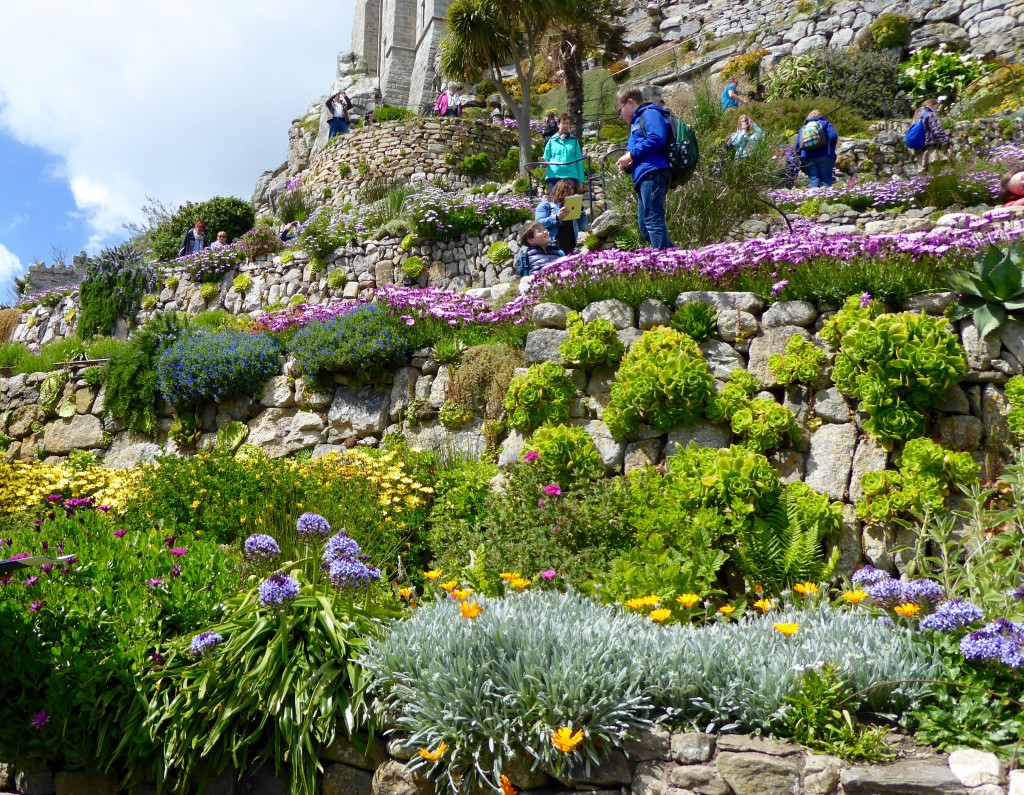

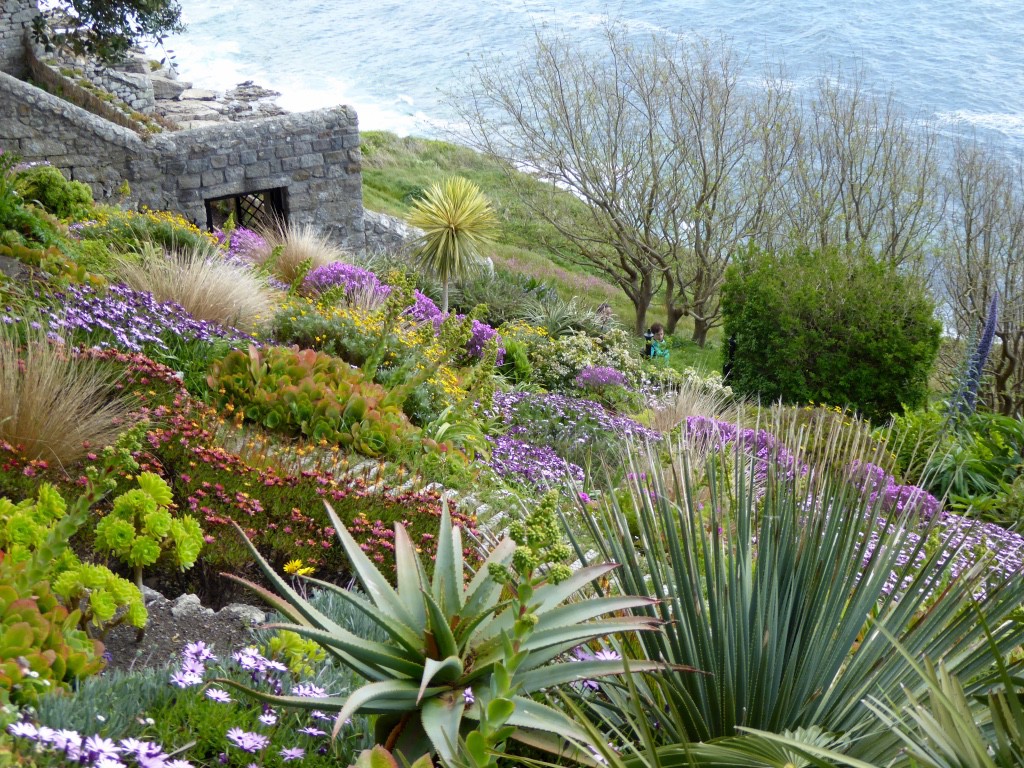


The harbour has a pier dating from the 15th century, which was subsequently enlarged and restored. Queen Victoria landed at the harbour from the royal yacht in 1846, and a brass inlay of her footstep can be seen at the top of the landing stage. King Edward VII’s footstep is also visible near the bowling green. In 1967 the Queen Mother entered the harbour in a pinnace from the royal yacht Britannia.

One of the most noteworthy points of interest on the island is the underground railway, which is still used to transport goods from the harbour up to the castle. It was built by miners around 1900, replacing the packhorses, which had previously been used. Due to the steep gradient, it cannot be used for passengers and the National Trust currently does not permit public access or viewing of the railway.
After a less fraught return, the harbour at the Mount is well protected from the seas, we attained the other side – we had to step aside for the ambulance carting off one hapless tourist who had failed to negotiate the steps!
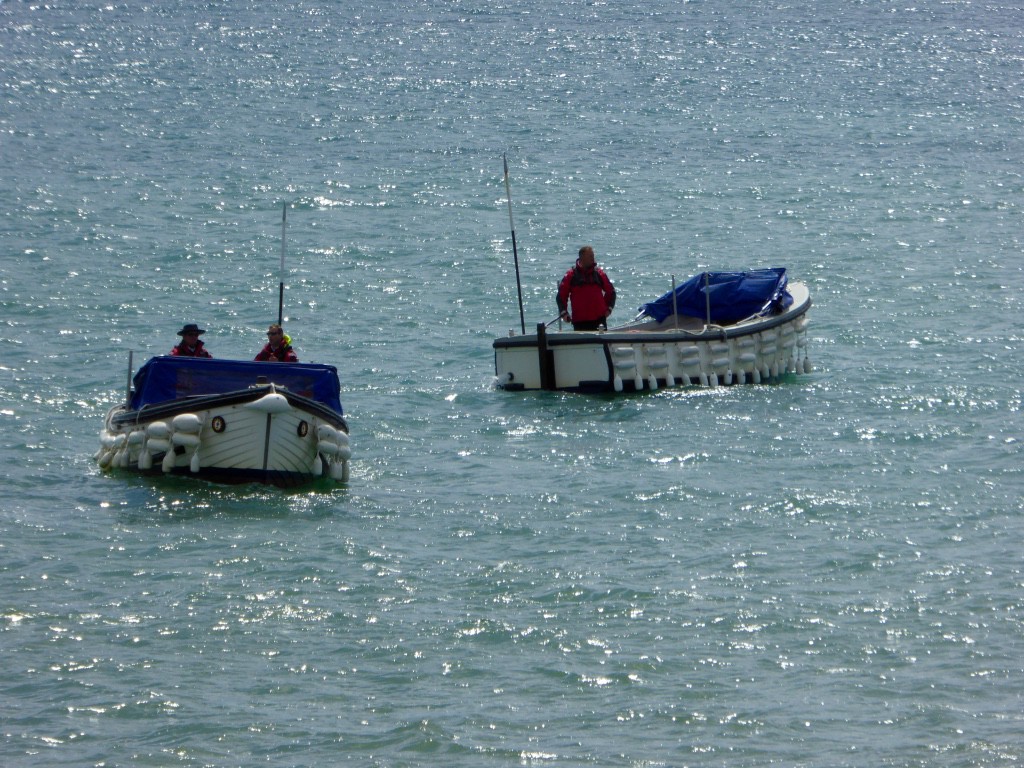
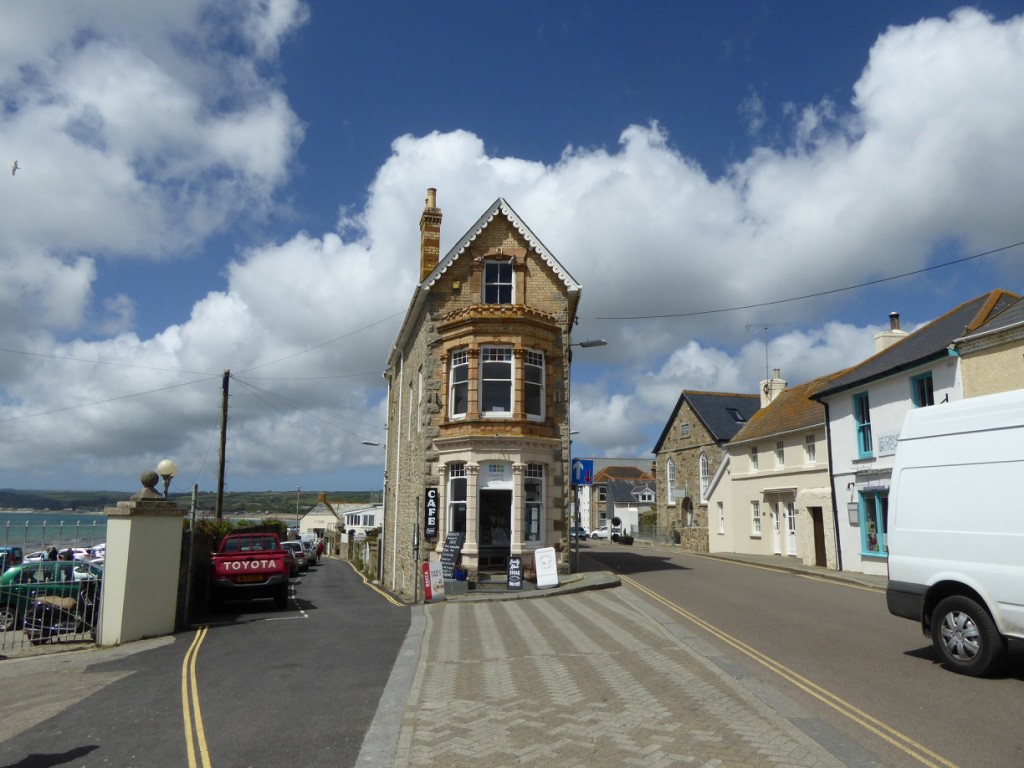
We then set off for Lyme Regis and the lovely Dower House B&B and, being the wrong night for River Cottage and too late for the local seafood restaurant, settled for an evening meal at the historic inn, The Anchor, at Beer.
